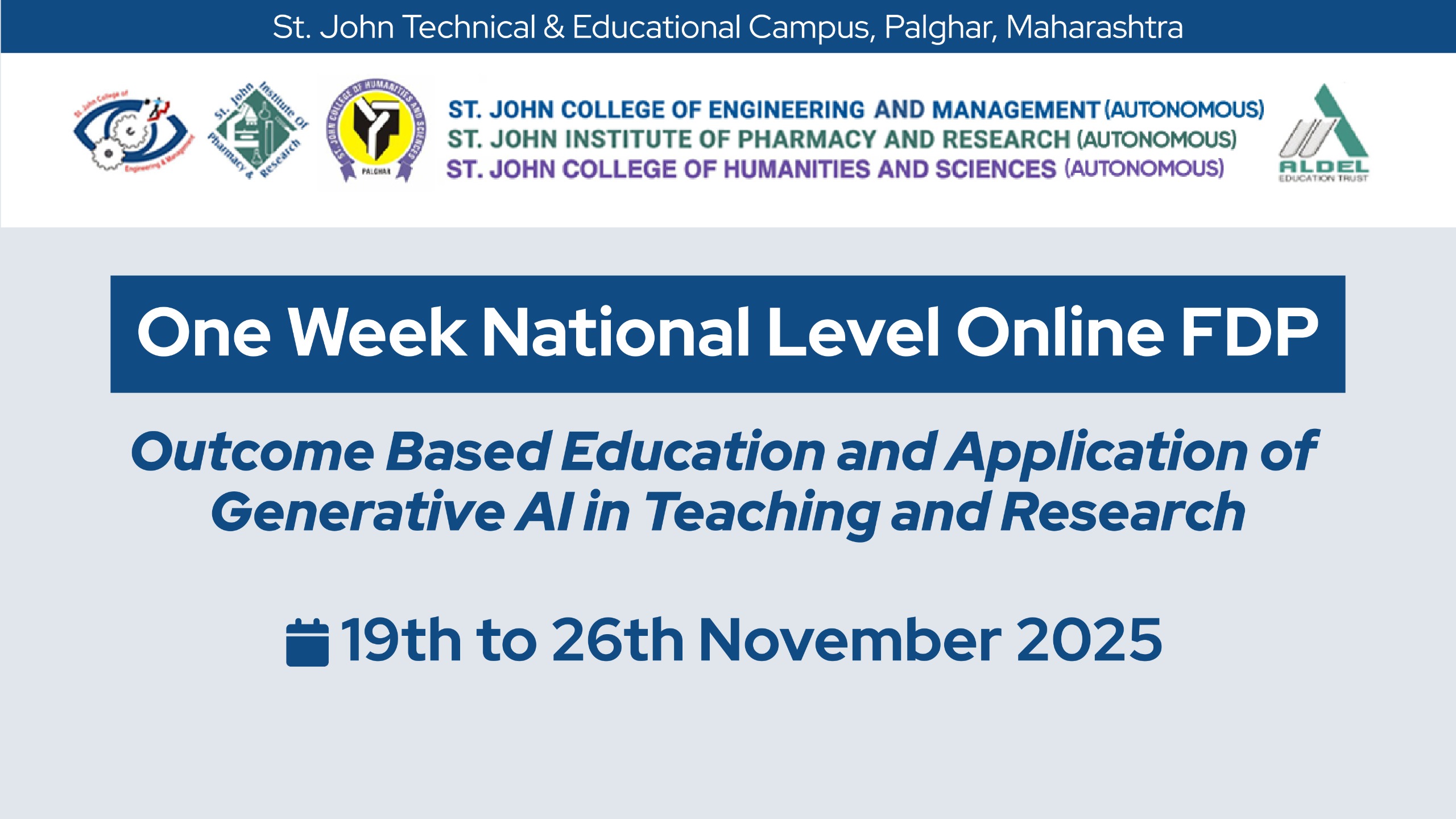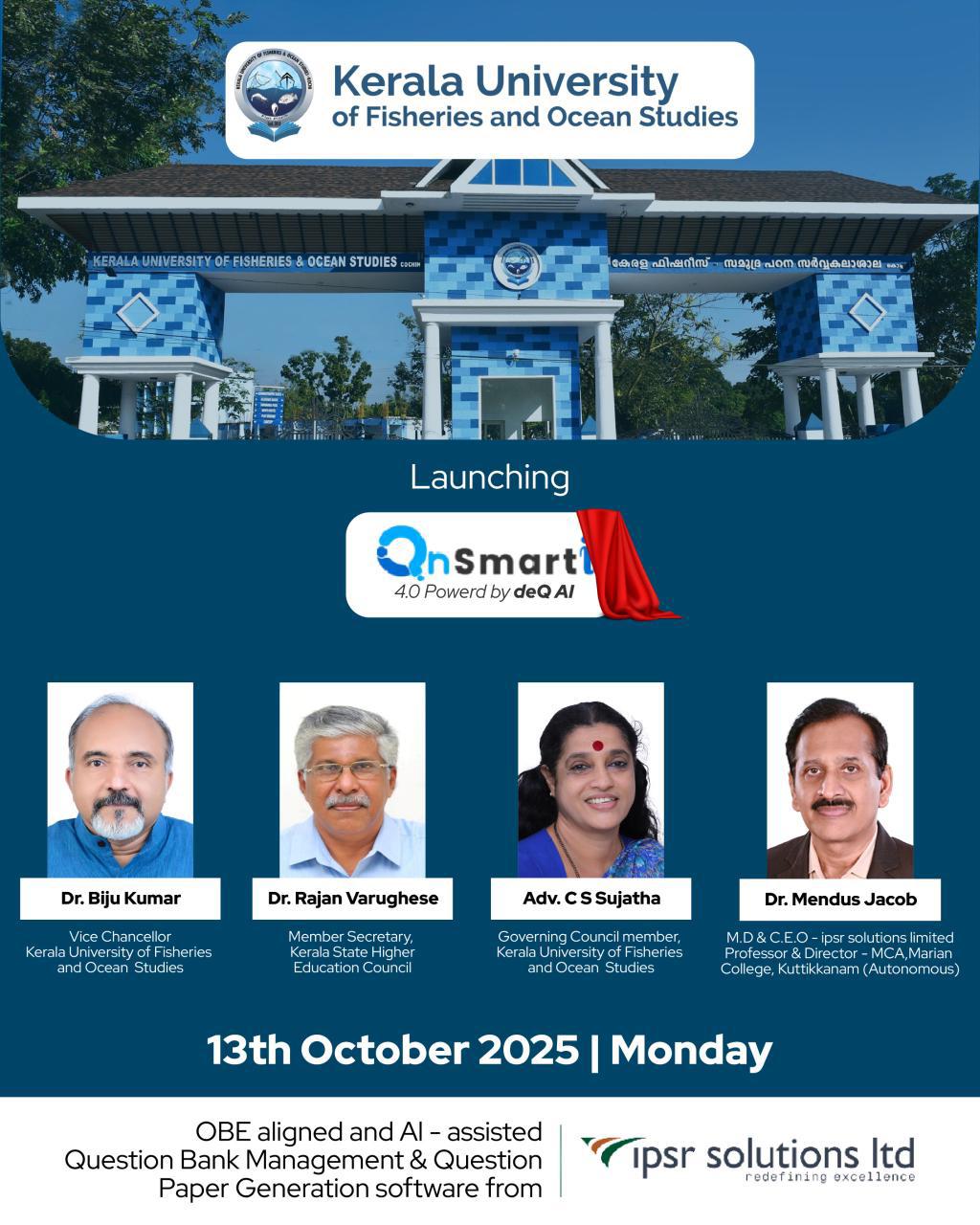UGC allows four-year undergraduates to do work with scientists, and industrial R&D labs
According to NEP 2020, guidelines students can avail of multiple entry and exit during a four-year degree course. This will enhance their role in catalysing interdisciplinary research culture. This will help to gain hands-on experience in innovation and research and to learn research techniques early. The internship is provided after the second or fourth semester for 8-10 weeks of 10 credits. This is mandatory for students who wish to exit with a certificate or diploma. Students continuing education will go for optional research internships after 2nd or 4th semester in research
institute/industrial R&D labs,” as per the UGC draft guidelines. According to the draft guidelines by chairman M Jagadesh Kumar, the institutionalisation of a research internship at UG levels will act as a catalyst in interdisciplinary/multi-disciplinary/trans-disciplinary research culture according to the new education policy. It will help students to get familiarised with different research methods, analytical tools and techniques, This will help to train students to write research proposals, scientific reports, presentations and manuscripts. This intern will help researchers in HEIs, research organisations, and R&D labs to look for innovative solutions A minimum of 20 credits are required out of 160 of the 4-Year degree course through this practical-oriented immersion initiative.
NEP focus on Internship
These internships are provided to focus primarily on the employability of students. The newly shaped course structure in NEP2020 provides integration of research components also in four-year degree programs. This will enhance the research competence among students. The guidelines and framework would specify how HEIs can support interns as a provider or as an organiser. Also how research organisations or research centres/laboratories can support research internships as providers, as the UGC guidelines underline.







